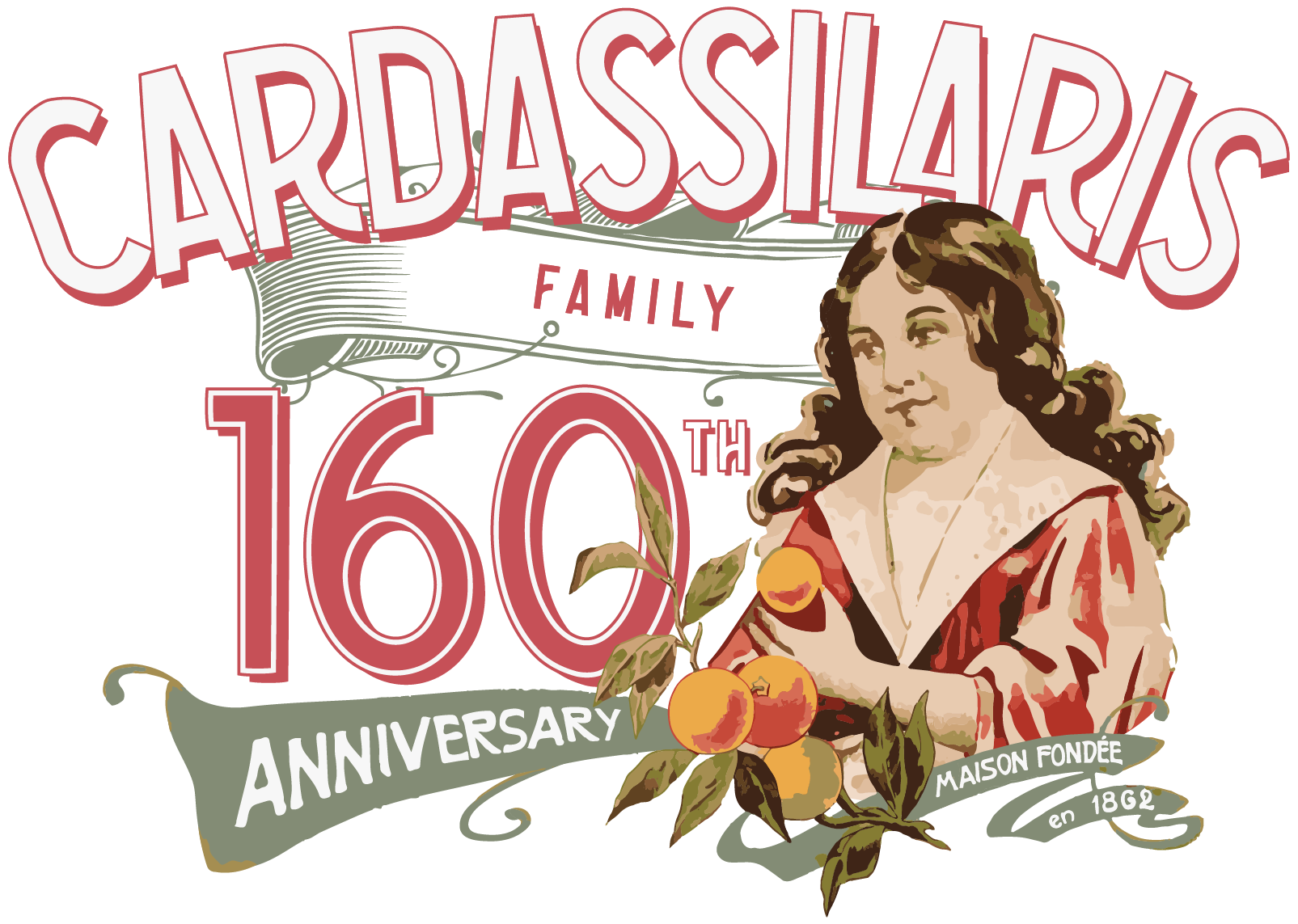Dried Currants
Premium bulk dried currants for wholesalers, distributors, suppliers and importers
Dried Currants: An In-Depth Exploration
Dried currants, known historically as Corinth raisins, have a rich history that dates back to antiquity, prominently featured in the diet of ancient Greeks, as referenced by Homer. Their significance persisted through the ages, particularly in the 19th century, when they comprised approximately 90% of Greek exports to Europe.
The process of producing dried currants involves harvesting grapes from specific varieties, which are then dried for about three weeks to concentrate their natural sweetness and preserve their nutritional value. Rich in essential vitamins, minerals, and antioxidants, dried currants serve multiple purposes: they are enjoyed as a nutritious snack, incorporated into baked goods such as biscuits and cakes, or used to enhance savory dishes.
Greece stands as the leading producer of currants, primarily cultivated in the Peloponnese peninsula and the Ionian islands of Zante and Cephalonia. This region accounts for about 80% of the global production of dried currants, with the remainder largely produced and consumed in California, South Africa, and Australia.
In summary, dried currants are not only a historical staple but also a versatile ingredient appreciated for their health benefits and culinary uses.
Dried Currants: A Detailed Introduction
Dried currants are small, seedless, dark red to black berries made by drying specific varieties of grape cultivars, primarily the Black Corinth (Vitis vinifera). Despite their name, dried currants are not related to true currant berries (like black, red, or white currants from the Ribes genus). The term "currant" comes from the historic trade port of Corinth, Greece, where these grapes were once exported widely across Europe.
Also known as Zante currants, they are naturally sweet, intensely flavorful, and offer a slightly tangy character. Their tiny size, paired with bold flavor, makes them ideal for baking, snacking, and food manufacturing.
✅ Processing & Appearance
- Naturally sun-dried or mechanically dehydrated.
- Seedless berries, approximately 4–6 mm in diameter.
- Uniformly dark purple to black in color.
- Chewy texture with concentrated flavor.
- Sometimes lightly coated in vegetable oil to prevent clumping.
🧪 Nutritional Value
Dried currants are nutrient-dense and provide a natural energy boost. Key nutrients include:
- Dietary fiber – Supports digestive health.
- Iron – Vital for energy and oxygen transport.
- Potassium – Helps regulate blood pressure and muscle function.
- Natural antioxidants – Polyphenols and resveratrol for cellular protection.
- Natural sugars – Quick energy without added sugars.
They are fat-free, cholesterol-free, and low in sodium – ideal for healthy snacking.
🍽️ Culinary Uses
Thanks to their size and sweetness, dried currants are widely used in:
- Baked goods (scones, breads, mince pies, biscotti)
- Muesli, granola, and breakfast blends
- Snack bars and trail mixes
- Salads and savory grain dishes
- Sauces, chutneys, and relishes
Their versatility makes them a favorite among chefs and manufacturers alike.
🏛️ Historical & Global Significance
Dried currants have deep roots in Mediterranean culture. Long before refrigeration, they were traded widely across the Ottoman, Persian, and Russian Empires.
The name “currant” stems from the French "raisins de Corinthe" (raisins of Corinth). Today, currants remain a key product of Greek agricultural exports and enjoy Protected Designation of Origin (PDO) status for the Vostizza variety.
🌍 Top Producing Countries
- 🇬🇷 Greece – World's largest producer of Black Corinth currants, particularly from Peloponnese (Aigio, Ilia, Messinia).
- 🇺🇸 USA – California grows Black Corinth grapes, sold as Zante currants.
- 🇹🇷 Turkey – Produces currants and similar small raisin types.
- 🇮🇷 Iran – Offers various sun-dried grape products, including currants.
🗓️ Harvest Period by Country
| Country | Harvest Period | Notes |
|---|---|---|
| Greece | August – September | Traditional sun-drying, PDO Vostizza currants |
| USA | August – Early Sept | Mechanized harvesting |
| Turkey | July – August | Sun-dried; varies by region |
| Iran | July – August | Often organic and sun-dried methods |
Greece is the main grower of currants
Dried currants
Middle eastern food uses a lot of currants including cooking with traditional meat dishes
traditional Christmas mince pies are made with lots of sweet and sour currants








